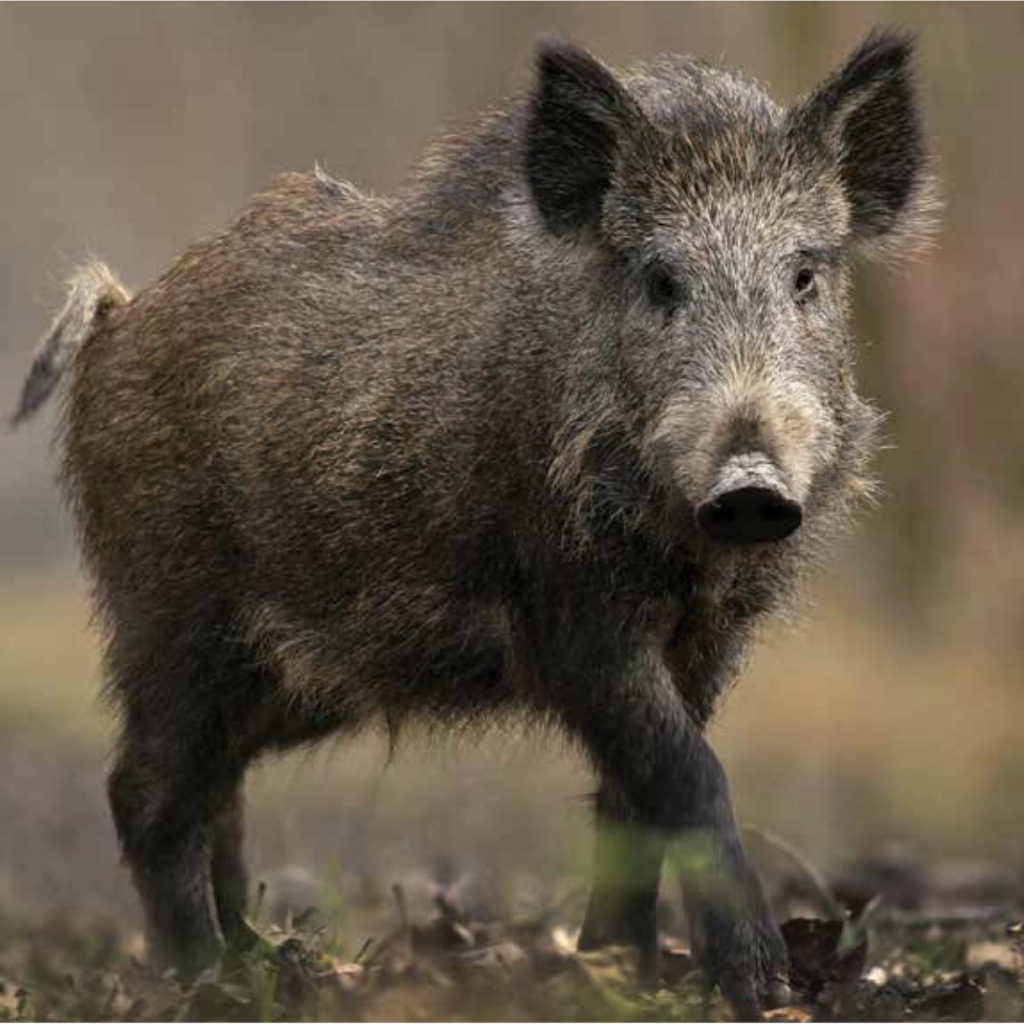Texas Wildlife Services
- Type
- Program

Overview
Contact
P.O. Box 690170
San Antonio, Texas 78269
Mon-Fri 8:00 a.m. – 5:00 p.m.
Wildlife is important to the economy and to the aesthetics and health of our environment; yet, some wildlife do at times cause problems that must be dealt with in a professional manner. Animal damage to Texas resources, such as agriculture, natural resources, property, and human health and safety, cause millions of dollars in losses each year. Since wildlife is a public resource that belongs to all citizens, government has a responsibility to respond to the problems wildlife cause while at the same time protecting the resource being damaged.
Resolving conflicts between wildlife and human interests requires wildlife damage management expertise. Wildlife damage management is an integral component of professional wildlife management. The complex wildlife damage management environment includes a combination of biological, legal, socio-political, financial and technical considerations.
The goal of Wildlife Services is to protect the State’s agricultural, industrial, and natural resources and the public’s health, safety and property from damage caused by wildlife. Texas Wildlife Services accomplishes this through a cooperation with federal, state, and private entities, servicing both rural and urban areas, utilizing technical assistance and direct control services in this specialized field of wildlife management.
More choices in Animals & Livestock
- Publication
This handbook is designed for teaching both beginners and experienced individuals to properly evaluate dairy cattle based on live animal comparisons as well as pedigree information.
- Publication
Help your vet students feel prepared for CDE success with our booklet! Inside you’ll find 150 questions and answers for select chapters from our Veterinary Science textbook. Grab your copy today!
- Publication
Our vibrant poster provides a visual journey through the 21 days of a chicken’s embryonic development. It clearly illustrates each stage, from fertilization to hatch. Download now and bring the miracle of life into your classroom! This poster comes in 3 sizes (11×14, 16×20, 24×36) to fit any learning space.
- Publication
This paid downloadable Veterinary Science Program (VSCP) booklet for 2024 contains test questions and answers for select chapters of Veterinary Science: Preparatory Training for the Veterinary Assistant.
- Publication
This paid downloadable Veterinary Science Program (VSCP) booklet for 2023 contains test questions and answers for select chapters of Veterinary Science: Preparatory Training for the Veterinary Assistant.
- Publication
This booklet contains the goals and objectives for the lessons in the book, Veterinary Science: Preparatory Training for the Veterinary Assistant.
